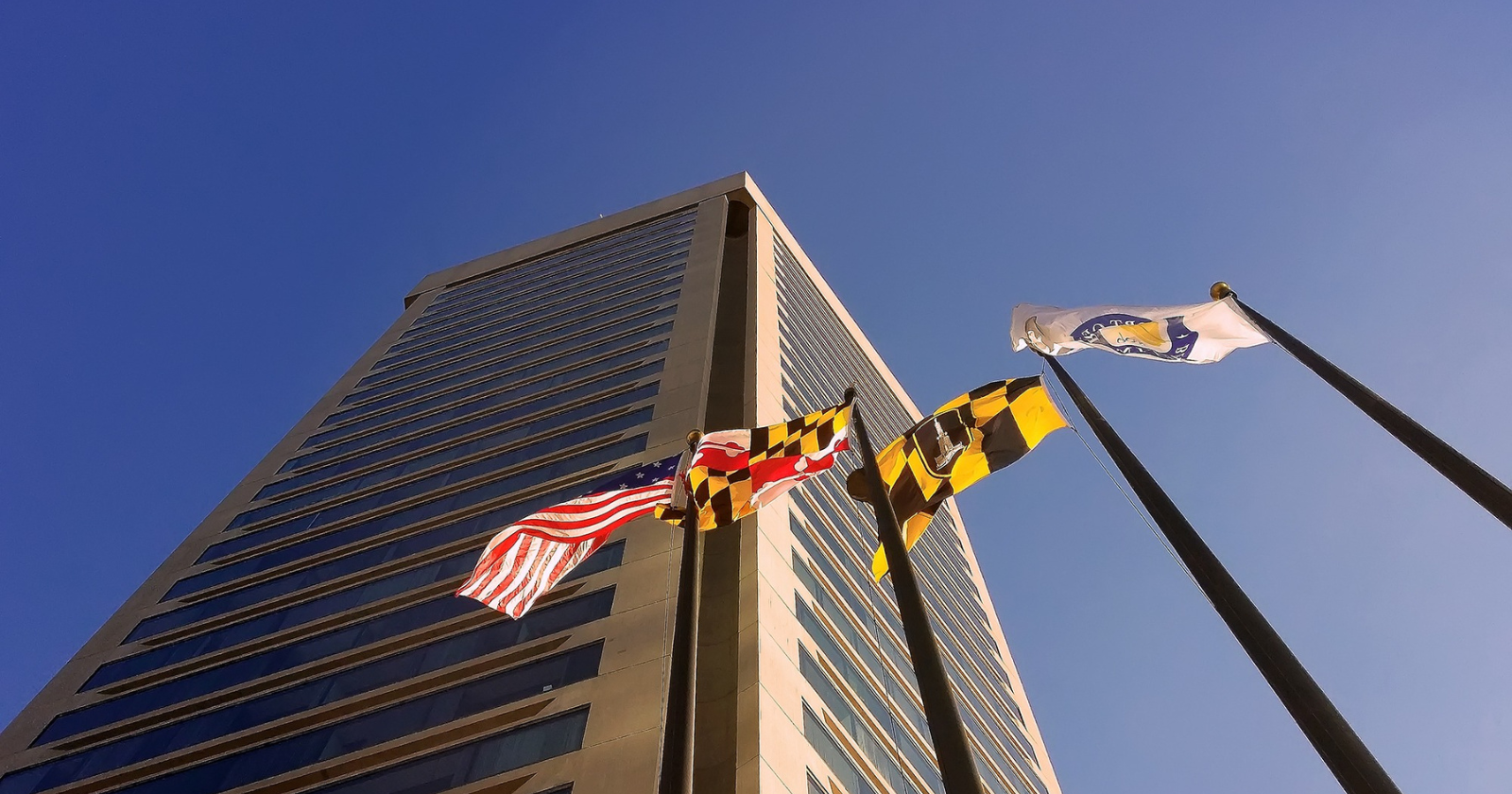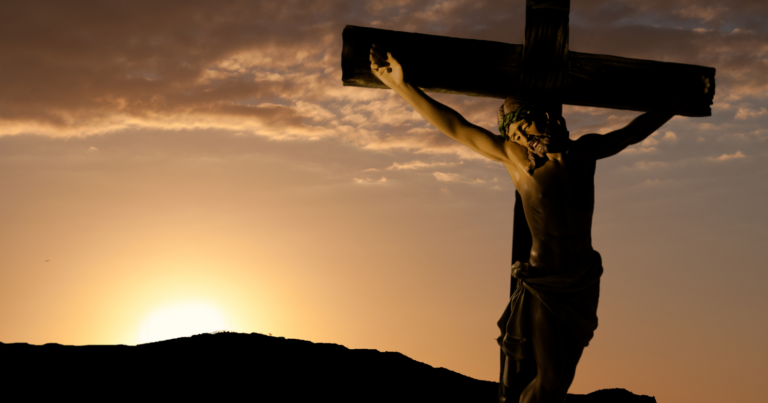The 1649 Maryland Toleration Act, a pioneering document, laid the groundwork for religious freedom as we understand it today.
At a time when religious conflicts were rampant, this Act emerged as a revolutionary step towards embracing diversity and tolerance.
The act advocates for the right to worship freely. Its principles have echoed through the centuries, influencing modern legislation and shaping the very fabric of society’s approach to religious liberty.
In this article, we will explain why this act was a cornerstone for believers and how it shapes our freedom to believe today, reflecting on biblical principles of grace and unity in diversity.
What is the Maryland Act of Toleration?
The Maryland Act of Toleration passed on April 21, 1649, was a landmark law aimed at establishing religious harmony in Maryland.
When Governor Leonard Calvert and the Catholics first arrived in 1634, they encountered significant religious tension, mirroring conflicts back in England.
This tension escalated with the arrival of the Puritans in 1648, leading to conflicts between Catholics and Protestants.
To address this, Lord Baltimore Cecilius Calvert and the Maryland General Assembly took decisive action by passing the Toleration Act.
This law was designed to ensure peace among Christian denominations, specifically allowing for the free practice of Trinitarian Christian religions.
But why is it known as “An Act Concerning Religion”?
The thing is that this act was fundamentally about ensuring religious harmony among Christians in the province.
Notably, the phrase “free exercise thereof” from this Act would later inspire the First Amendment of the U.S. Constitution, as it points out its impact on the concept of religious freedom in America.
Historical background
Maryland’s founding in 1632 was part of a broader context of religious conflict and the quest for tolerance.
The charter granted by King Charles I to Cecilius Calvert — the second Lord Baltimore, envisioned a refuge for English Catholics in the New World, amidst the Protestant Reformation’s upheavals.
This period was marked by intense religious strife in Europe. In fact, Catholics faced persecution under Protestant rule in England.
But the vision for Maryland extended beyond merely offering refuge to Catholics. Instead, it aimed to showcase the possibility of peaceful coexistence among various religious groups.
The critical moment came on April 21, 1649, with the passage of the Toleration Act by the Maryland Assembly, strongly advocated by Lord Baltimore, the Catholic proprietor of the colony.
This landmark legislation was not just a protective measure for Catholics against Protestant harassment but also a bold statement on religious coexistence.
It underscored the Calverts’ commitment to their founding ideals and set a foundational precedent for religious freedom that would influence the fabric of American society.
Key provisions for Christians
Now let’s dive into the heart of the Maryland Toleration Act: its key provisions for Christians.
This groundbreaking law was crafted with the intent of religious peace in a time of widespread discord.
Therefore, its clauses were crafted with the intent to foster religious harmony within the colony by ensuring freedom of worship for all Christians. Specifically,
- The Act explicitly forbade any form of blasphemy against God or the denial of the divine nature of Jesus Christ and the Holy Trinity. Violations of this provision were met with severe penalties, including death and the confiscation of lands and goods.
- It also outlined punishments for disparaging remarks against the Virgin Mary, the Apostles, and Evangelists, with fines imposed for first offenses and escalating penalties for subsequent violations.
- Another stipulation targeted derogatory religious labels, imposing fines for anyone who used such language in a manner intended to offend.
- Furthermore, the Act established fines for profiting on the Sabbath, emphasizing the colony’s commitment to maintaining public piety and respect for religious observances.
By instituting these provisions, the Toleration Act sought not only to protect religious freedoms but also to maintain social order through a series of deterrents against religious intolerance.
The balance it struck between tolerance and regulation reflected the complex nature of navigating religious diversity in a time of widespread sectarian conflict.
Impact of the Act of Toleration on the Church
The immediate effect on religious tolerance within the colony isn’t the only reason why the 1649 Toleration Act of Maryland is notable for Christians.
The truth is that it had a lasting impact on the concept of religious freedom in American history.
We have to admit that the echoes of this historic act continue to reverberate, offering a moment of reflection on the roots of religious freedom and its shaping influence on our faith and communal practices.
Celebrated for its visionary approach, the Maryland Toleration Act offered:
- A sanctuary for Christian diversity: By safeguarding the right for Christians of varied denominations to worship freely, it nurtured an environment of religious tolerance.
- A foundation for community cohesion: The act aimed to quell religious strife by penalizing derogatory religious remarks. It fostered a culture of mutual respect among diverse Christian communities.
- An allure for newcomers: Maryland’s guarantee of religious freedom made it a magnet for settlers. As a result, it enriched the colony with diverse beliefs and contributed to its demographic and cultural expansion.
- A cornerstone for America’s religious liberty: While its protections were initially fleeting, the act laid the groundwork for the eventual recognition of religious freedom as a cornerstone of American democracy.
Establishing religious tolerance
So, what exactly did the Maryland Toleration Act do to set the stage for religious tolerance?
At its core, it crafted a sanctuary for Christians of various denominations to practice their faith without fear.
This wasn’t just about allowing different forms of worship. It was a revolutionary step towards understanding and accepting religious diversity.
By penalizing those who insulted others’ religious beliefs, the Act actively promoted a culture of respect and coexistence among Christians.
It’s this spirit of tolerance that laid the groundwork for the rich tapestry of religious practices we see today.
Influence on American religious freedom
Now, let’s bridge the gap to modern times. How did the Maryland Toleration Act influence American religious freedom?
This Act was a precursor to the religious liberties enshrined in the U.S. Constitution, particularly the First Amendment.
By demonstrating that religious diversity could thrive within a single community, it provided a real-life model for the framers of the Constitution.
The Act’s principles of religious tolerance and protection under the law became foundational to American values, shaping the nation’s identity as a beacon of religious freedom.
Even today, its legacy continues to inspire the ongoing struggle for universal religious rights and equality.
A model for future legislation
Moreover, the Toleration Act served as a model for future legislation concerning religious freedom.
How so?
Well, today we can witness its legacy in the emphasis on religious tolerance found in the U.S. Constitution’s First Amendment. That’s where we can see the Act’s enduring influence on American legal principles concerning faith.
By setting a precedent for legal protection of religious practices, it paved the way for the development of more inclusive and comprehensive laws.
Consequently, this Act serves as a constant reminder that with thoughtful legislation, we can build a society that respects and cherishes diverse religious expressions.
Challenges and criticisms
While The 1649 Toleration Act of Maryland was a pioneering document in the history of religious freedom, it was not without its challenges and criticisms.
Let’s examine some of the key issues that arose from its enactment.
Limited scope of tolerance
One significant limitation of the Act was its scope, which extended tolerance only to Trinitarian Christians.
This excluded non-Christian faiths and Christian denominations not adhering to the Trinity doctrine from its protections. This, in turn, reflects the broader context of the period, where religious tolerance was still a relatively narrow concept.
Enforcement difficulties
Enforcing the Toleration Act posed its own set of challenges.
The colonial government struggled to apply its provisions uniformly.
As a result, local prejudices or misunderstandings sometimes undermined the Act’s intent to protect religious freedom.
Reaction from religious majorities
The Act also faced criticism from religious majorities, who viewed it as a threat to their dominant position.
For example, some Protestants saw it as a concession to Catholics, which led to tension and, at times, conflict within the colony.
This underscores how deeply religious divisions ran in colonial society and how difficult it was to balance these competing interests.
Legacy of exclusion
Critics also point out that while the Toleration Act was a step forward for religious freedom, its legacy is marred by the fact that it institutionalized certain forms of exclusion.
By protecting only a subset of Christian beliefs, it laid the groundwork for future legal battles over what constitutes “acceptable” religious practice.
Final thoughts: Relevance for your religious freedom
All in all, the 1649 Toleration Act of Maryland represents a significant moment in the history of religious freedom and tolerance.
Despite these challenges and criticisms, the 1649 Toleration Act of Maryland remains a landmark in the development of religious tolerance.
Its shortcomings highlight the complexities involved in legislating religious freedom — a conversation that continues in various forms to this day.
In reflecting on the Act’s legacy, we are encouraged to continue advocating for and expanding the boundaries of religious freedom.









